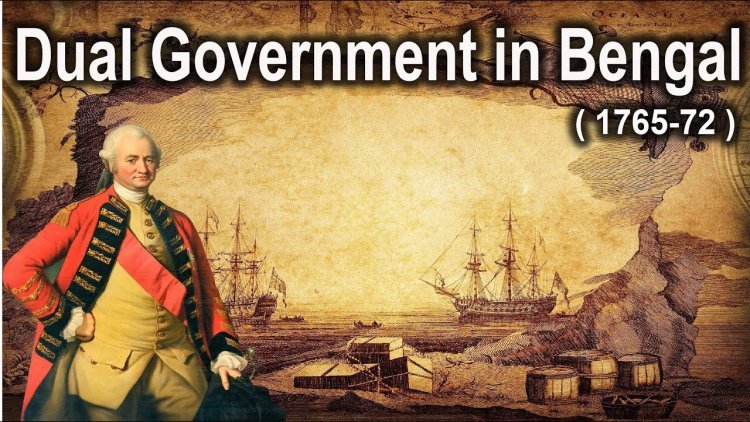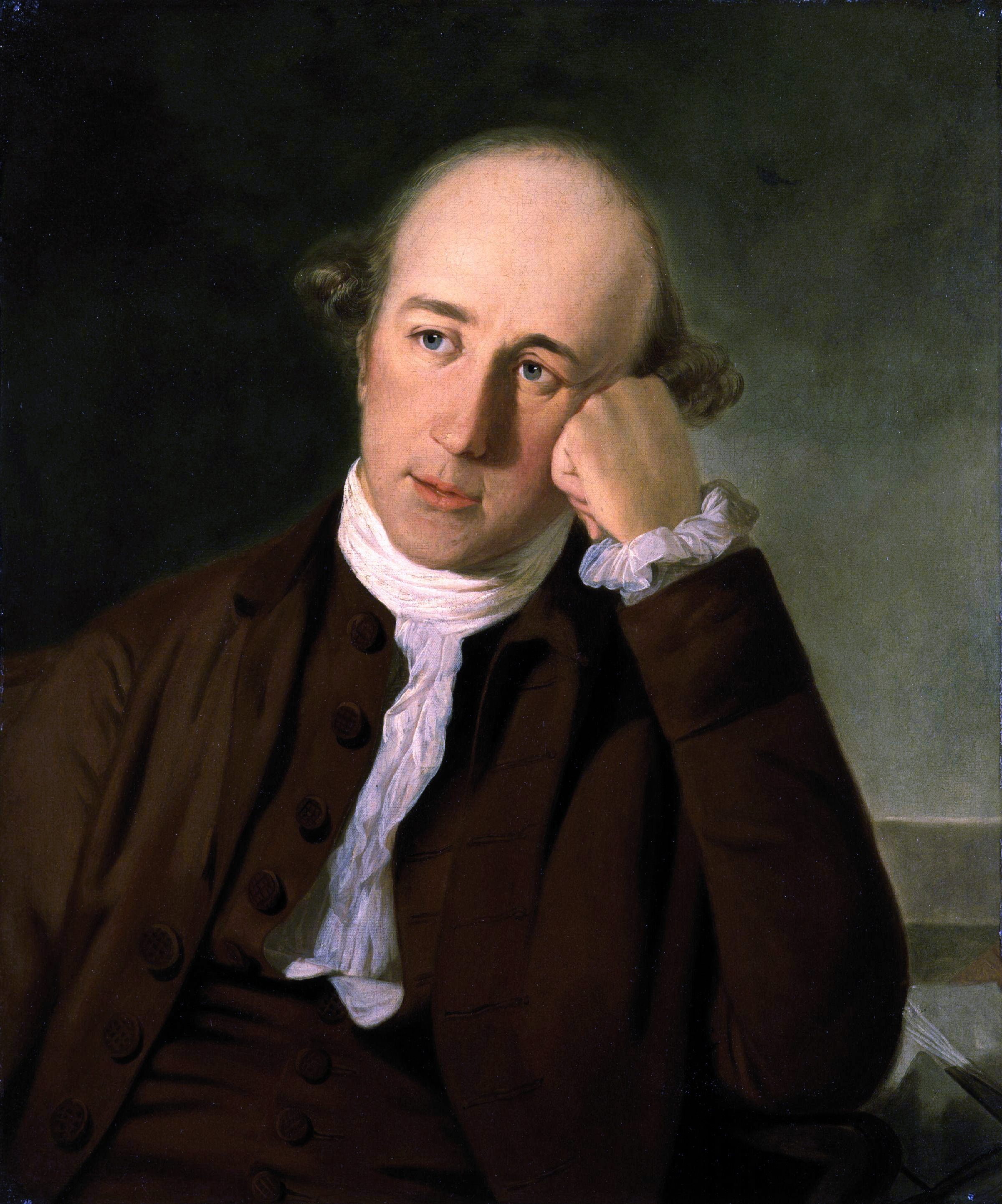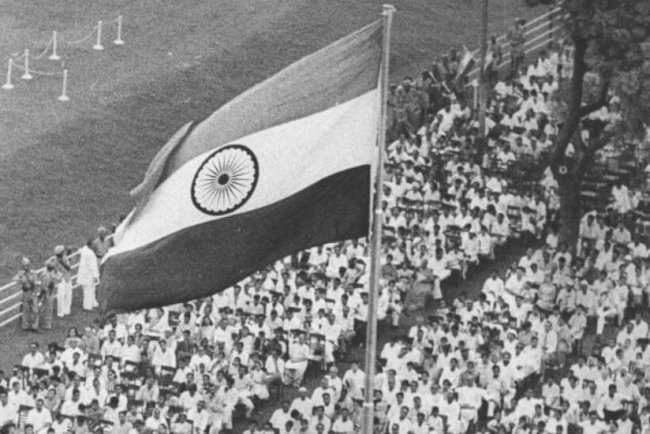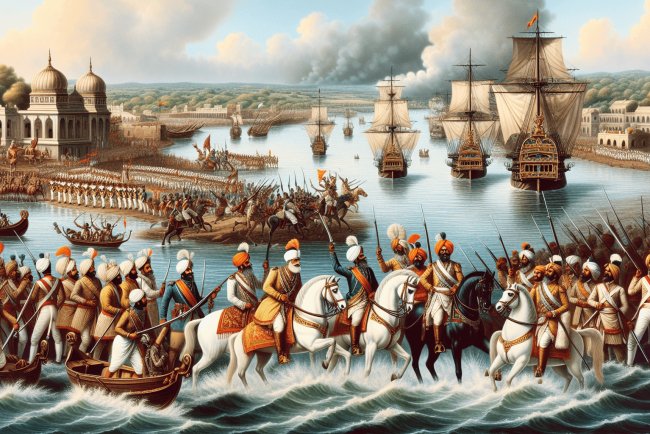Overview of the Dual Government in Bengal (1765-72)
Explore the intricacies of "The Dual System of Government in Bengal," a pivotal historical framework that shaped governance in Bengal. Delve into its origins, structure, and lasting impact on regional administration, illustrating the complex interplay between traditional and colonial authorities. Discover how this system influenced political dynamics and governance strategies, inviting readers to uncover a fascinating chapter of Bengal's history.

Dual Government in Bengal (1765-72)
The period of dual government in Bengal, initiated in 1765, marks a significant phase in the history of British colonialism in India. This administrative system was introduced by Robert Clive following the Battle of Buxar, restructuring governance and revenue collection in Bengal.
The Initiation of Dual Government
When Did the Dual Government Start?
The dual government officially began in 1765, reshaping the administrative landscape of Bengal.
Role of Robert Clive

Robert Clive, a pivotal figure in British expansion in India, is credited with implementing the dual government in Bengal. His strategies laid the groundwork for the British East India Company's control over the region.
Structure and Functioning of the Dual Government
Administrative System Under Dual Government
The administrative responsibilities rested nominally with the Nawab of Bengal, while the British East India Company handled the revenue collection, known as Diwani rights. This duality created two separate centers of power.
Revenue Collection and Judicial Functions
The company obtained Diwani rights from the Mughal ruler, controlling revenue collection and partial judicial duties. This shift significantly enhanced the company's influence and financial position.
Flaws and Challenges of the Dual Government

Economic and Administrative Issues
Despite its initial success, the dual government system quickly revealed numerous flaws. The Nawab lacked the financial strength and authority to manage administration effectively, while company officials exploited the system for maximum revenue extraction.
Impact on Society and Industry
The oppressive revenue practices led to severe exploitation of farmers and deterioration in trade and industry, causing widespread economic distress and decline in traditional industries.
The End of Dual Government
Warren Hastings' Reforms
In 1772, Warren Hastings abolished the dual government system, citing its inefficiencies and inherent flaws. By taking over direct control, Hastings aimed to streamline administration and rectify prevailing issues.
Establishment of Centralized Control
Under Hastings' leadership, the revenue boards were centralized in Calcutta, replacing native collectors with English ones. This move further consolidated British control over Bengal's administration.
Conclusion: Legacy of the Dual Government
The dual government in Bengal, while short-lived, played a crucial role in establishing British administrative practices in India. Its eventual demise under Warren Hastings marked the beginning of more centralized governance and British political dominance in the region.
What's Your Reaction?















